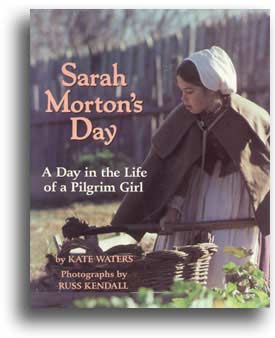
Spoto, Donald (2006) Enchantment: the Life of Audrey Hepburn. New York: Three Rivers Press. 352 pages.
It may come as a surprise, but this biography was not written for children or young adults. This detailed look at Audrey Hepburn's life combines life events, analysis of film, and some interpolations of fact to give an intriguing and well-balanced look at a timeless icon. Spoto tells her life story candidly not hesitating to include Audrey's insecure or even scandalous moments. He does, however, tell these events without sensationalizing what isn't necessary.
My favorite feature of the book is Spoto's frankness about Audrey's desire to have a quiet family life contrasted with the pressures of being a movie icon. Her dreams of being a mother were repeatedly dashed; when she finally had the opportunity, it was difficult to give up her acting for a quiet life. My second favorite part of the book was the attention given to her role in The Nun's Story. This role prevented her from being typecast and gave her ample opportunity for introspection. Spoto often brought in personal events from Audrey's life and compared them to roles she played in film.
This was an excellent and realistic look at an actress who I personally admire. She did not have the royal life that some might suspect after watching Roman Holiday. This book shows her as a real human who became famous and did something with it.


